Precautions
This traveler one is in a deployed state because her magnetometer and low gain antenna are too difficult to do not in my skill set so the model can be paired with my Titan3E launcher.
Historical Background of Voyager 1
Development Context
In the late 1960s, NASA proposed the "Grand Tour" program to explore outer planets by leveraging the gravitational slingshot effect of Jupiter and Saturn. Due to budget and technical constraints, the original plan for four probes was reduced to two, renamed Voyager 1 and Voyager 2
Initially designated "Mariner 11" and "Mariner 12," the probes were renamed to reflect their long-term interstellar mission objectives
Launch and Mission Objectives
Voyager 1 was launched on September 5, 1977, 16 days after Voyager 2, but reached Jupiter earlier due to a more efficient trajectory23.
Primary missions included flybys of Jupiter, Saturn, and its moon Titan. After completing Saturn observations in 1980, the mission expanded to study the heliopause and interstellar space
Technological Foundation
The mission design incorporated data from Pioneer 10, optimizing orbital paths and instrumentation3.
Equipped with a radioisotope thermoelectric generator (RTG), the probe's power supply is projected to last until 2025
Cultural Significance
Carries the "Golden Record," containing sounds, images, and scientific data about Earth, intended as a message to potential extraterrestrial civilizations
General Specifications
Mass?: 721.9 kg1
?Dimensions?:
Height: 6.7 m6
Width: 3.7 m6
?Launch Vehicle?: Titan IIIE-Centaur1
?Launch Date?: September 5, 19771
?Launch Site?: Cape Canaveral Space Force Station, Florida
Power & Propulsion
?Power Source?: 3 Radioisotope Thermoelectric Generators (RTGs)36
?Initial Power Output?: 420 W3
?Expected Operational Power?: Likely depleted by 2025
Scientific Payload
nstruments?: 10 (including imaging systems, IR/UV spectrometers, magnetometers, etc.)8
?Data Processing?:
CPU: Intel 4004 (0.108 MHz)3
Memory: 68 KB
Communication System
Frequency Bands?: X/S-band (8 GHz high-frequency)58
?Antenna Type?: Slow-scan deep-space parabolic antenna8
?Current Communication Distance?: ~164 Astronomical Units (AU) (As of August 2024)
Navigation & Control
Attitude Control?: 3-axis stabilization (via Sun and star trackers)8
?Orbital Speed?: ~17 km/s (relative to the Sun)
Extended Mission
Current Status?: Interstellar space exploration (crossed heliopause in 2012)17
?Cultural Artifact?:
Golden Record (containing Earth's cultural and natural information)
GENERAL INFO
- Predecessor: Voyager 1
- Created On: Android
- Game Version: 1.3.204.1
- Price: $418,732k
- Number of Parts: 281
- Dimensions: 7 m x 11 m x 9 m
PERFORMANCE
- Total Delta V: 320m/s
- Total Thrust: 199N
- Engines: 1
- Wet Mass: 815kg
- Dry Mass: 793kg
STAGES
| Stage | Engines | Delta V | Thrust | Burn | Mass |
|---|---|---|---|---|---|
| 1 | 1 | 320m/s | 199N | 20.2m | 815kg |

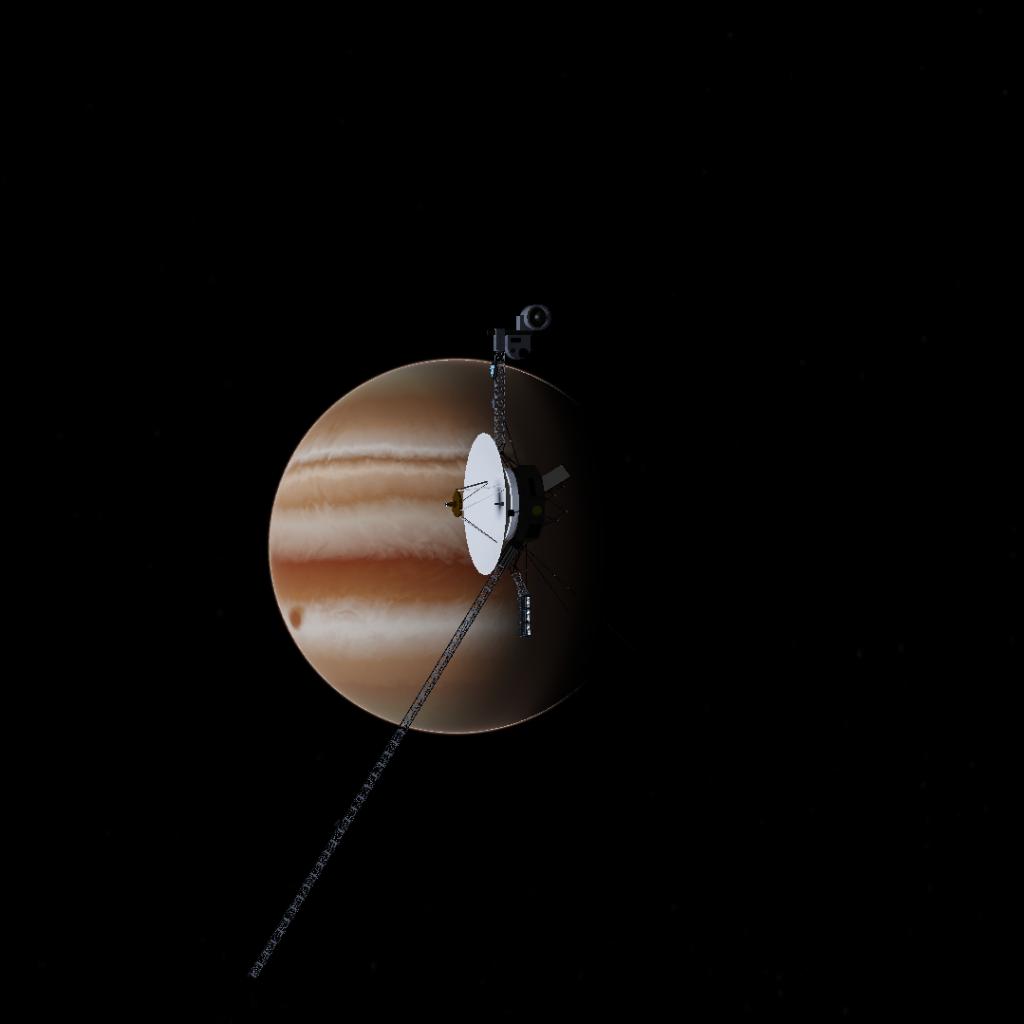
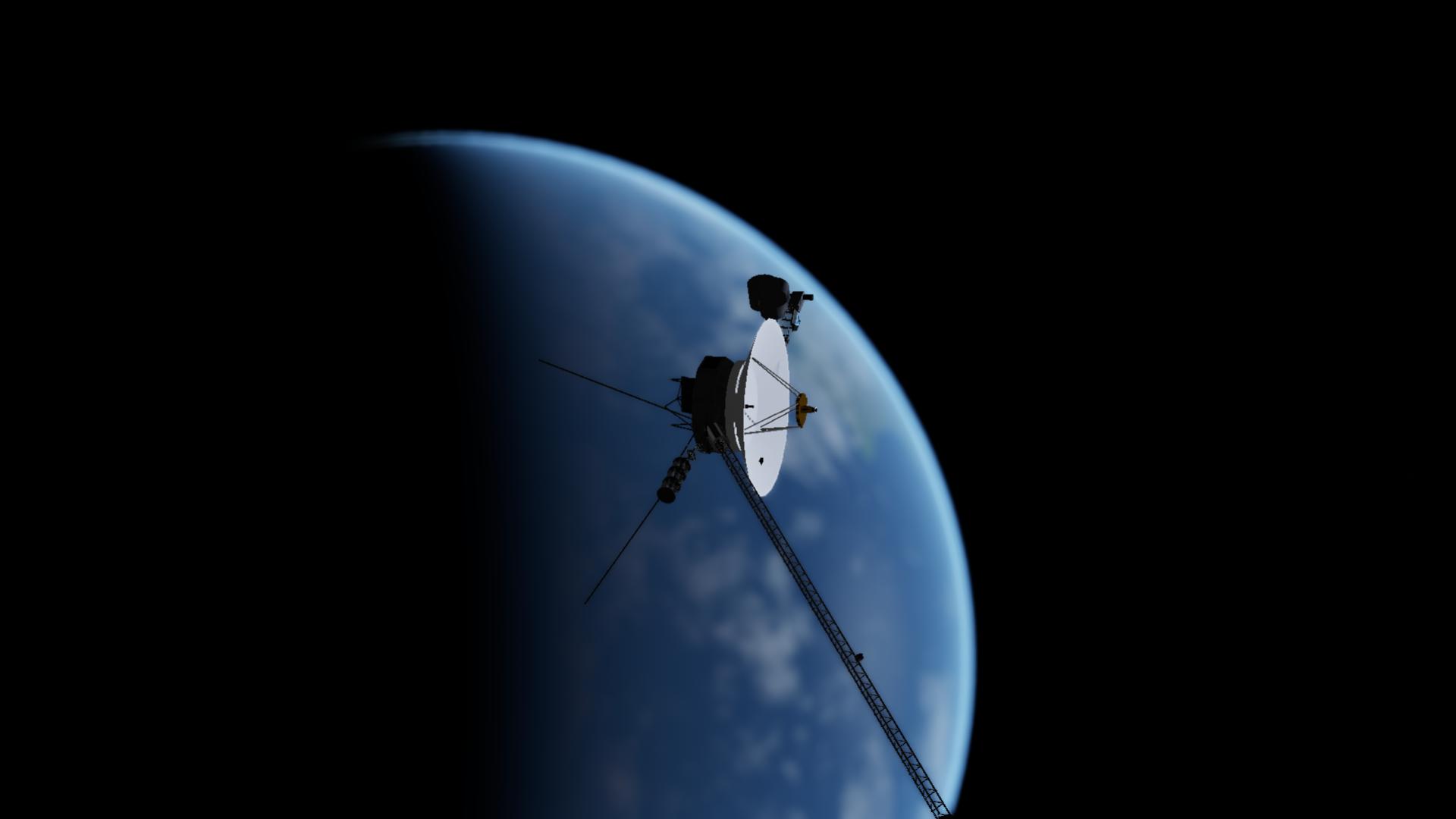
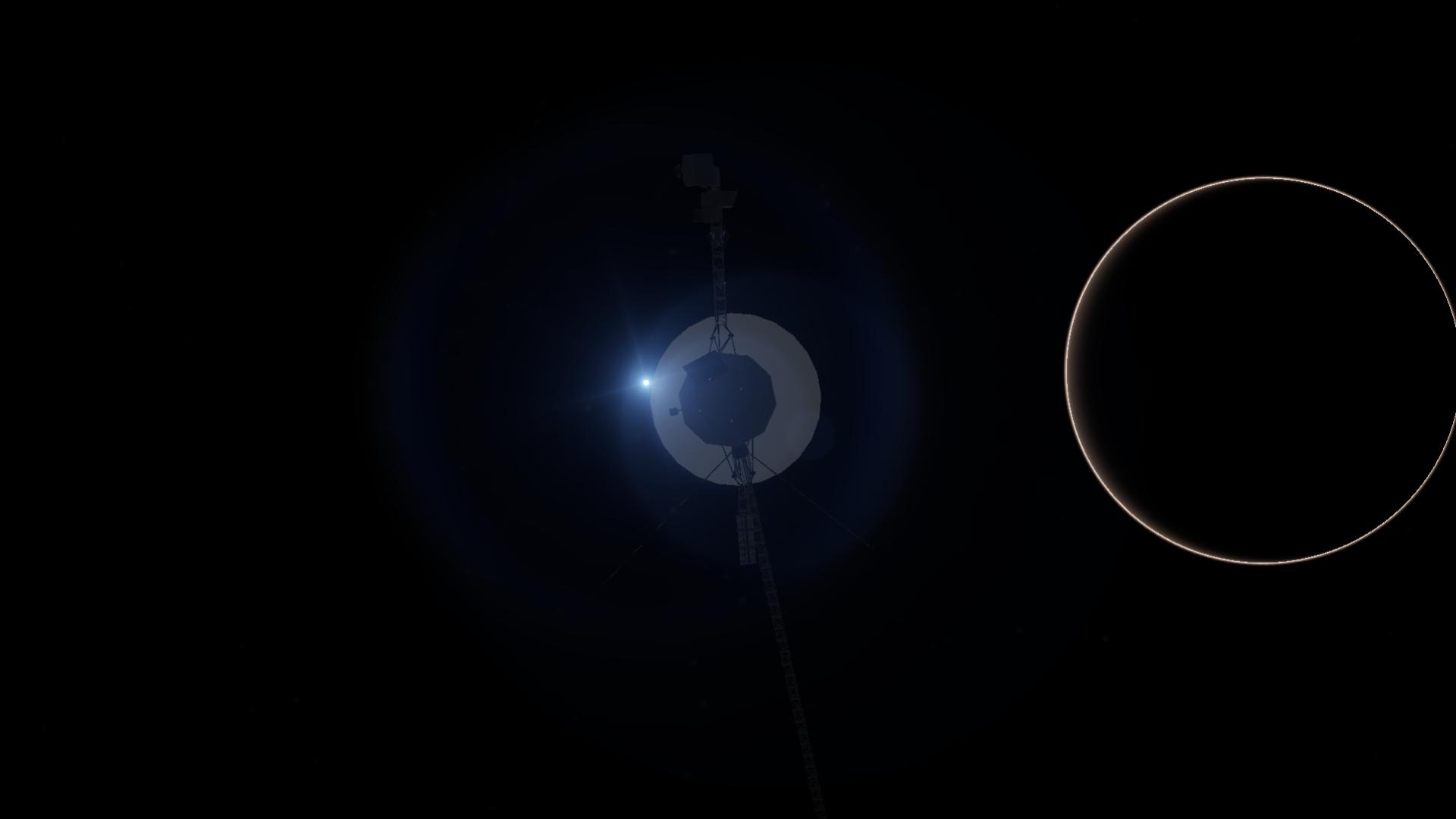
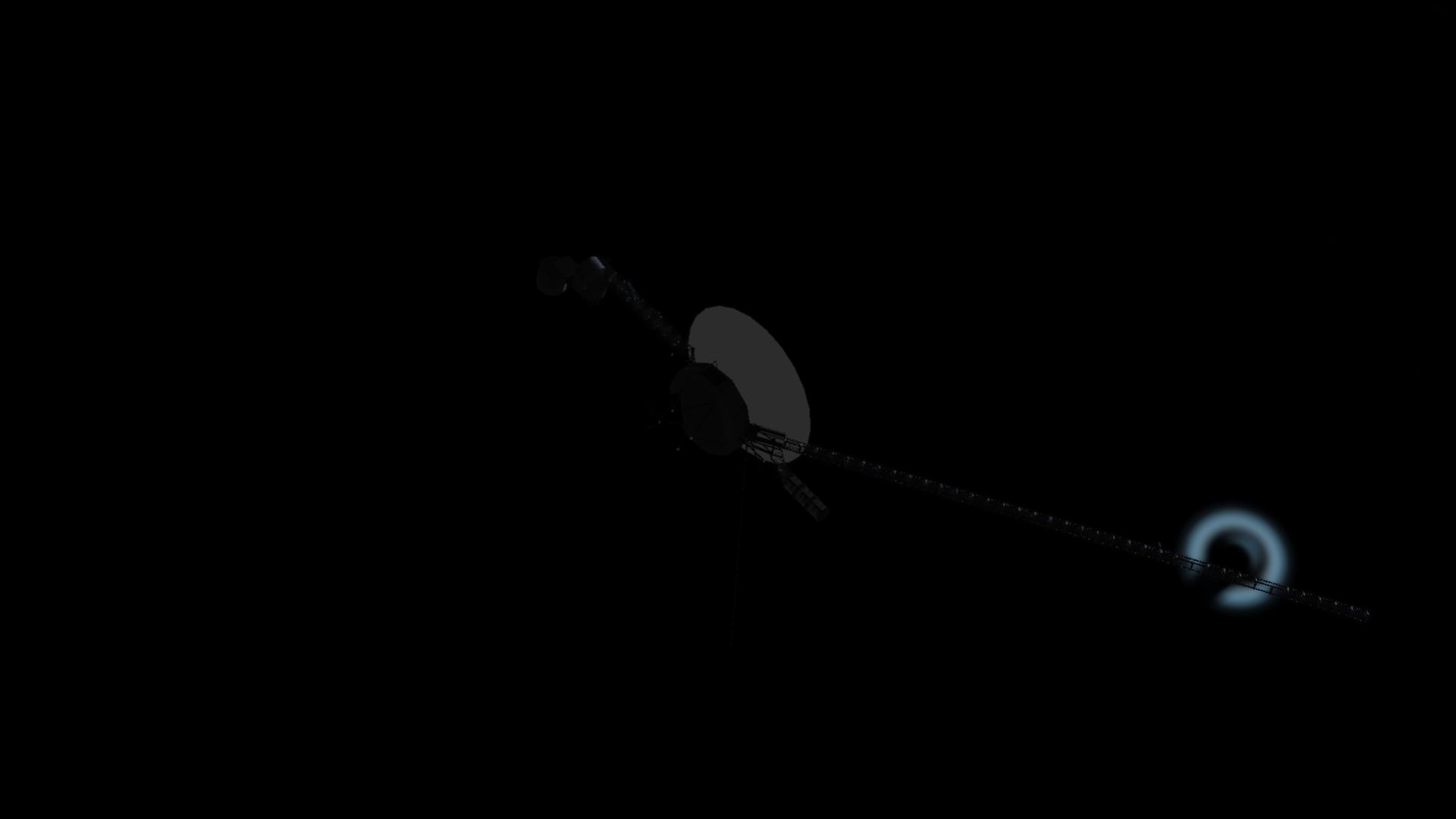
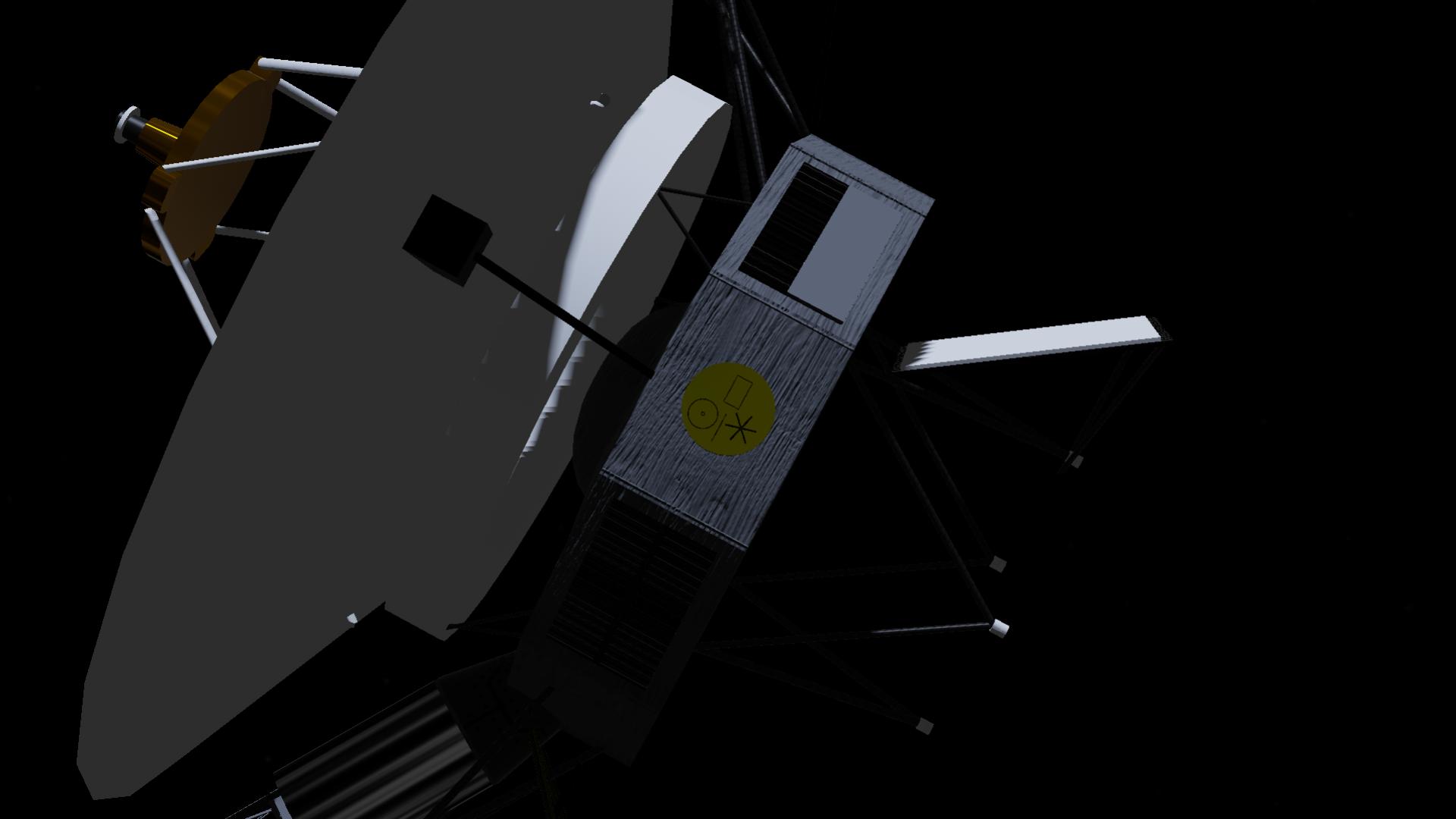
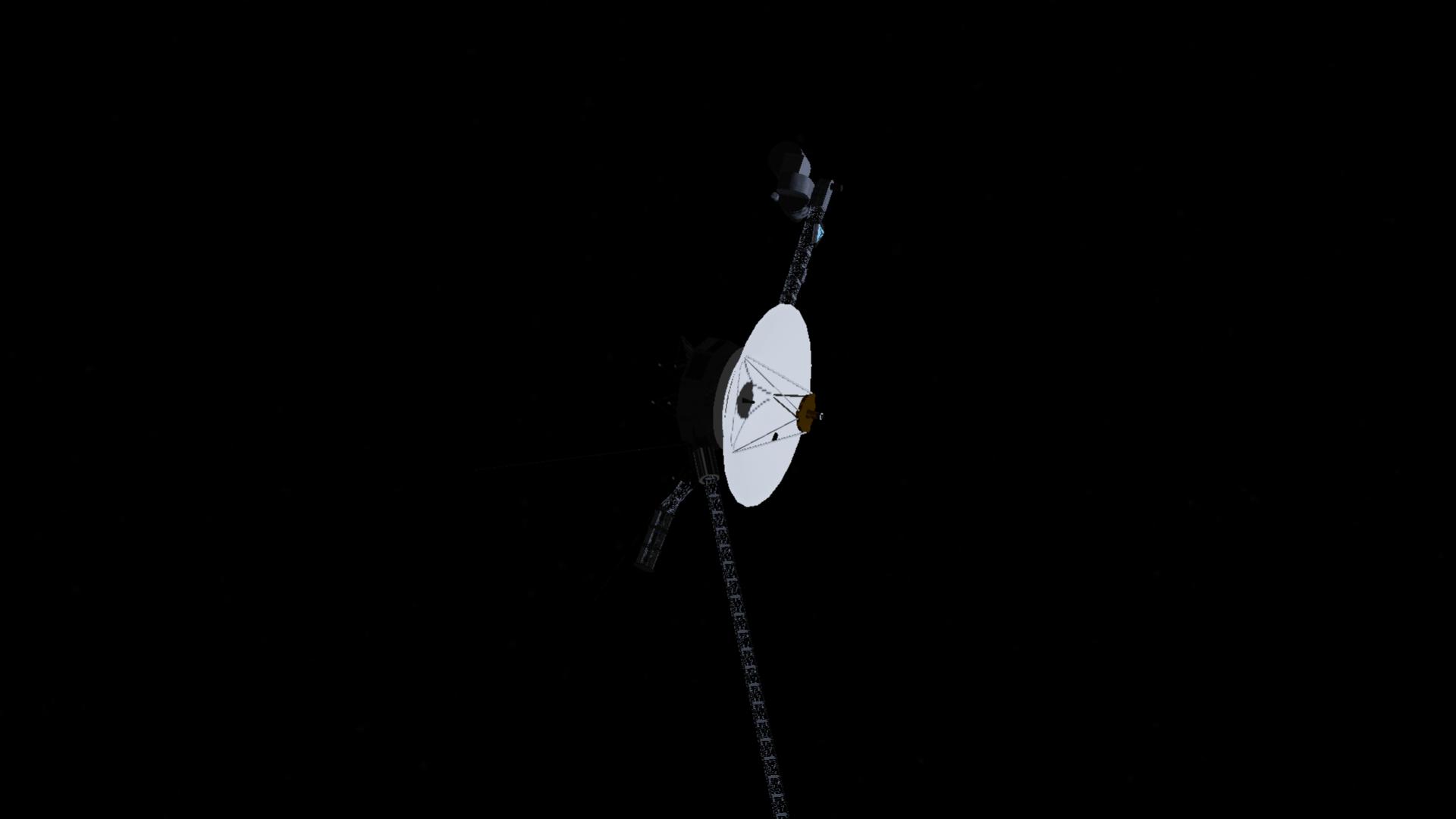
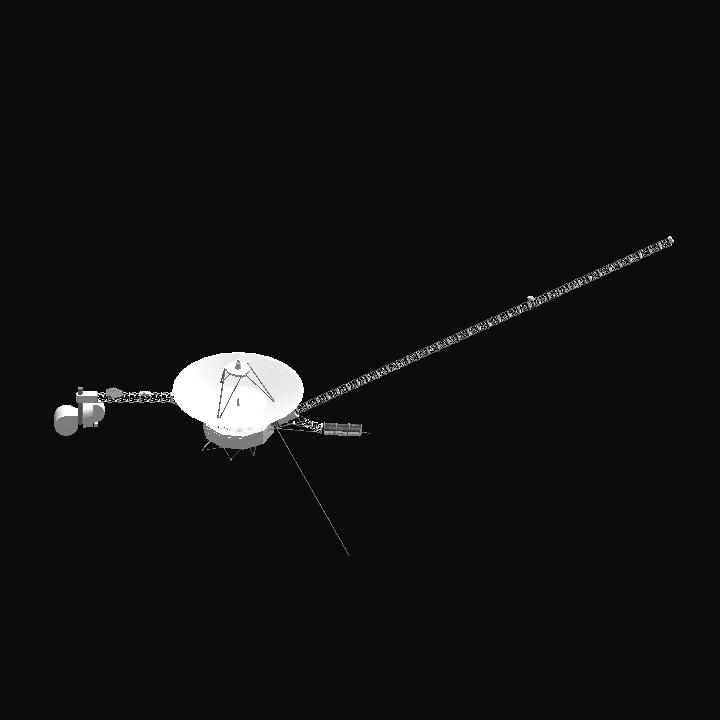
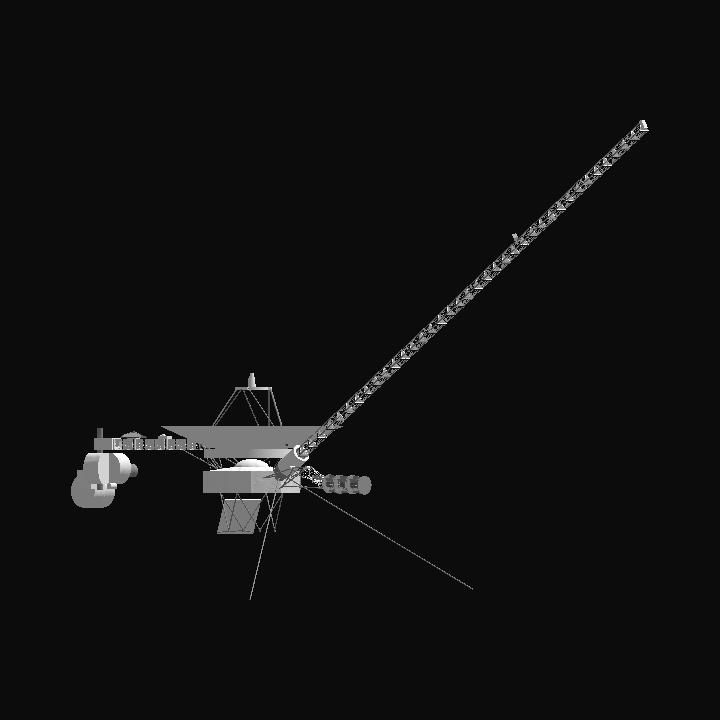

这个旅行者一号是搭配我的另一个作品Voyager 1 X Hercles 3E(Titan3E) 2.0因为我原本就是这样设计的,如果你问这东西怎么用?我可以给出使用方法:首先用火箭发射到你想的轨道上,再在当前的轨道上创建一个新的发射地点最后将该工艺品加载到新的发射地点就可以了
This traveler one is matched with my another work Voyager 1 X Hercules 3E (Titan 3E) 2.0 because thats how I originally designed it, and if you ask how this thing works? I can give the usage method: First, use the rocket to launch to the orbit you want, then create a new launch site on the current orbit, and finally load the craft into the new launch site.